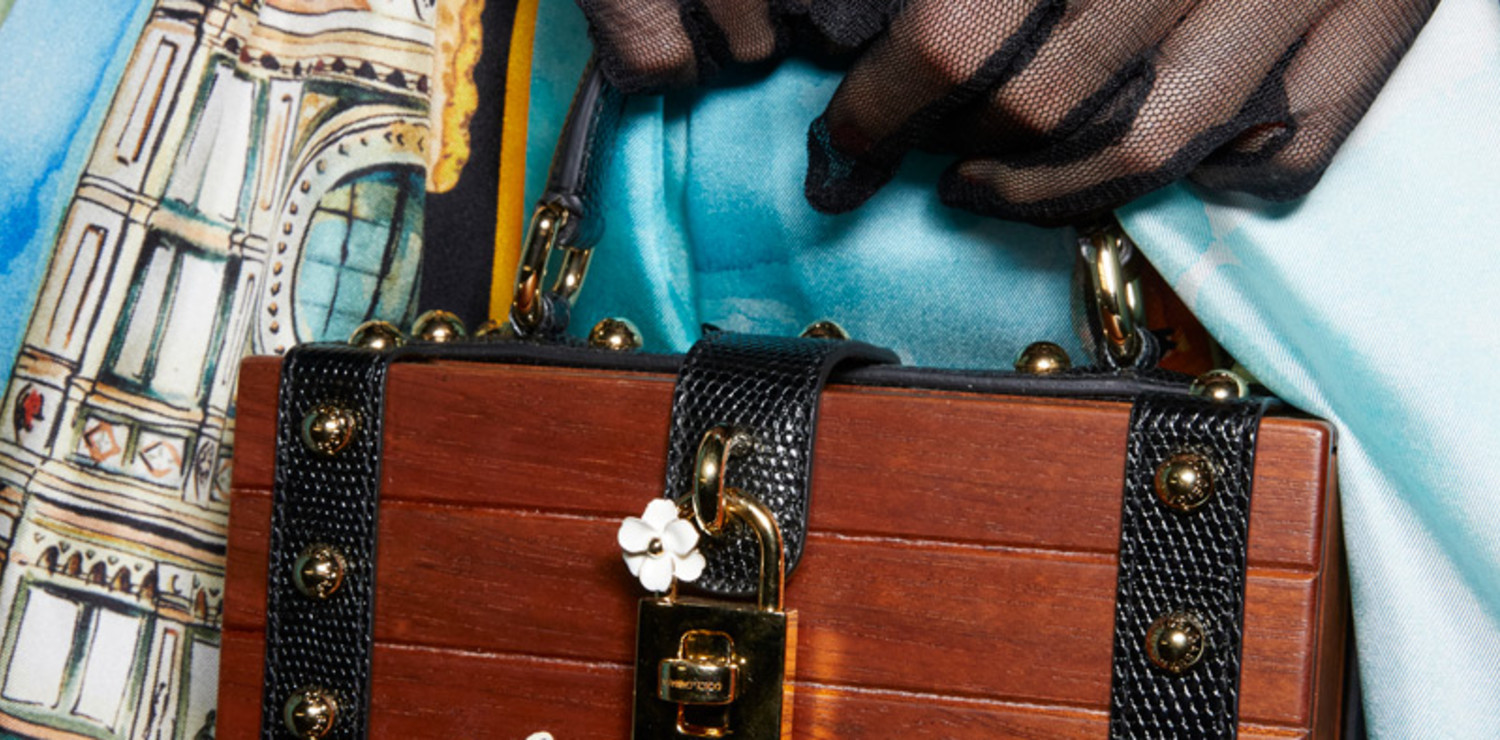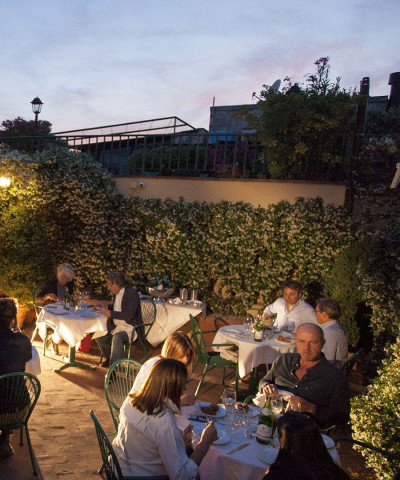Fashion is reborn in Florence
History, reality and future of a real Florentine institution
Our homage to a sector which constitutes the cultural fabric of our city and which, in this very delicate historical period, reopens its doors.
Italian fashion has a date and place of birth. It was 12 February 1951 when Giovanni Battista Giorgini organised a fashion show in his Florentine residence - Villa Torrigiani - which conventionally marks the beginning of Made in Italy.
In Florence, among others, Simonetta, the Fontana Sisters, Emilio Schuberth, Emilio Pucci, Jole Veneziani, Germana Marucelli, and many of those who anticipated the New Look of Dior and the major American buyers already in Europe participated in the Paris fashion shows. In reality, the seed of this Revolution that would have undermined French couturiers had been sown a few years earlier: to be precise, more than fashion, we must talk about ready-to-wear and arrive at the 1940s, just after the war.
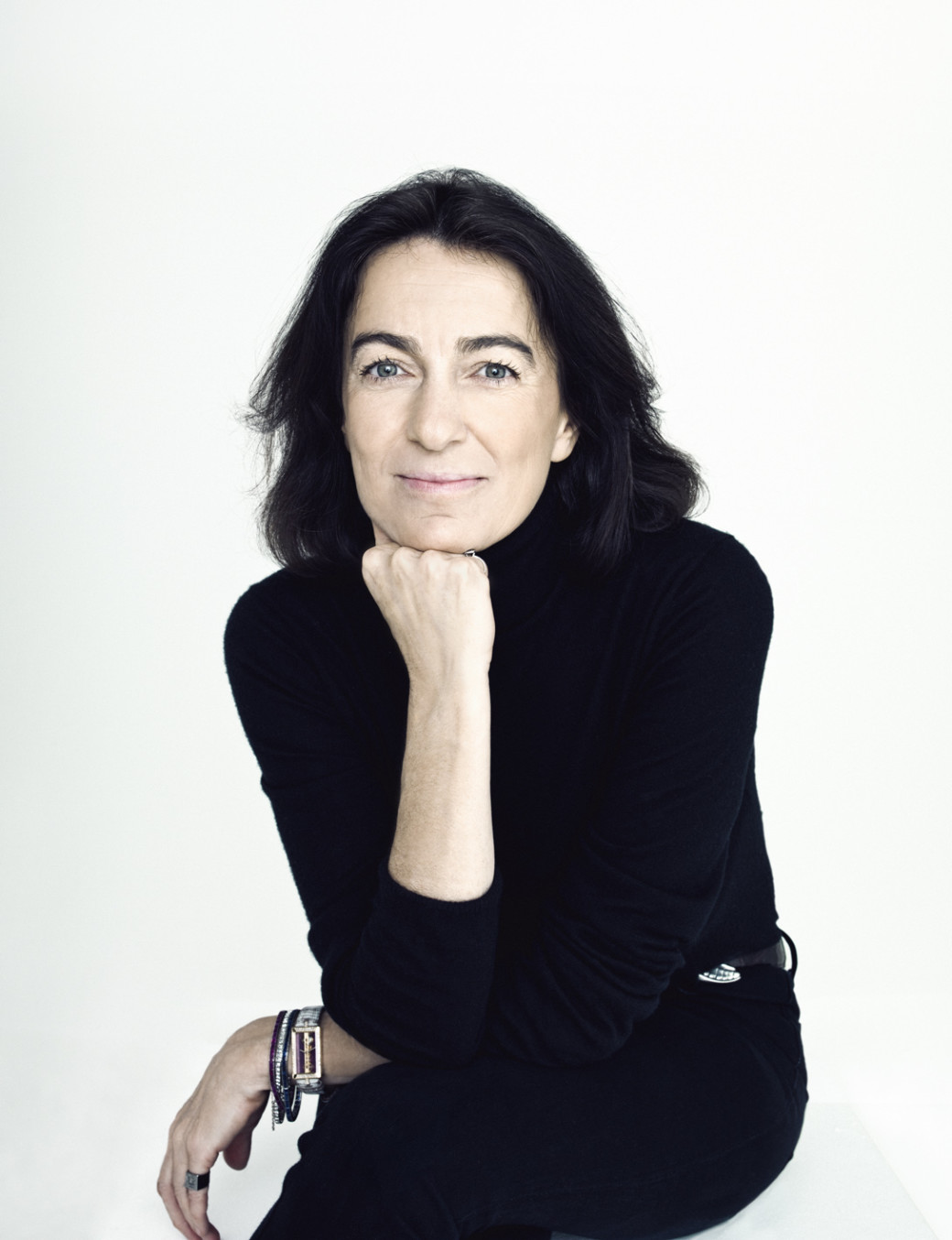 Laudomia Pucci took over at the helm of Emilio Pucci, facing the challenge of modernity
Laudomia Pucci took over at the helm of Emilio Pucci, facing the challenge of modernity
In our cities, tailors who created made-to-measure garments opened small shop windows on the street with ready-to-wear proposals. In Florence, destination of English and American tourists and travellers, there were raw materials, craftsmanship, an innate taste for beauty that comes from the cultural heritage. A perfect alchemy that worked for many years, at least until the 1960s when production and economic needs made it necessary to move to Milan.
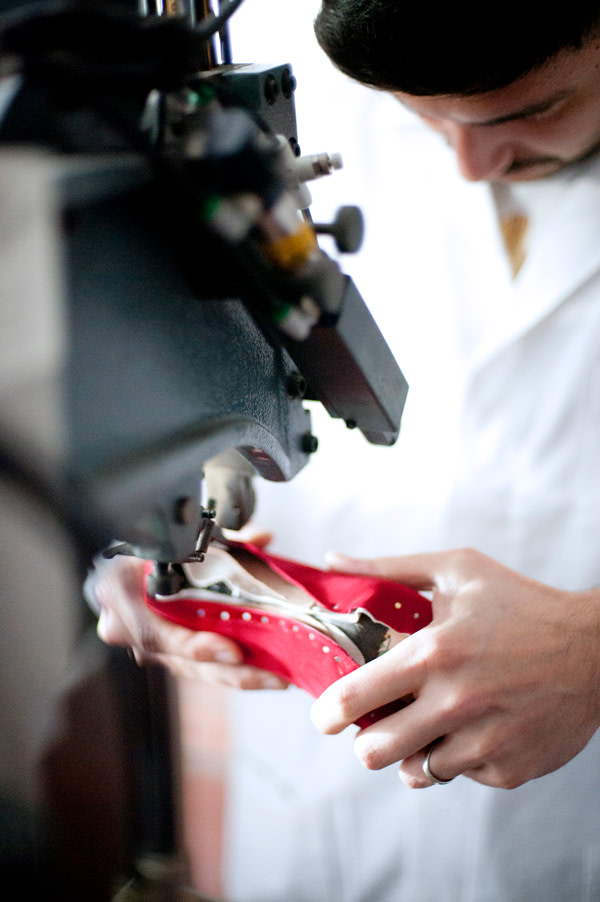 Manufacturing for Salvatore Ferragamo in Firenze
Manufacturing for Salvatore Ferragamo in Firenze
This phase has left us an important legacy: Florence is home to some of the greatest fashion houses that have written the history of Made in Italy in the world. All of them have kept the heart of their production in Florence until today. We are talking about international brands such as Gucci, Salvatore Ferragamo, Emilio Pucci, Gherardini who have created strong districts, specialized in leather, embroidery and textile manufacturing.
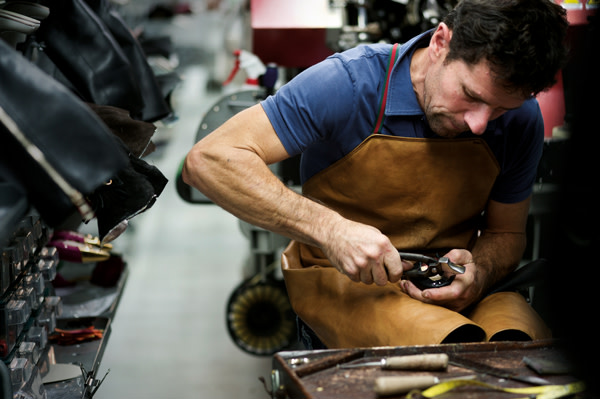 Gucci’s Casellina factory (on the outskirts of Florence) takes care of bag, shoe and limited edition leather goods production
Gucci’s Casellina factory (on the outskirts of Florence) takes care of bag, shoe and limited edition leather goods production
The boutiques of these historical Maisons - together with all the important brands that continue to give voice to fashion and some Florentine multi-brand realities - are concentrated in the quadrilateral around Via de' Tornabuoni. A web of streets that continue to talk about savoir faire, as well as trends.






